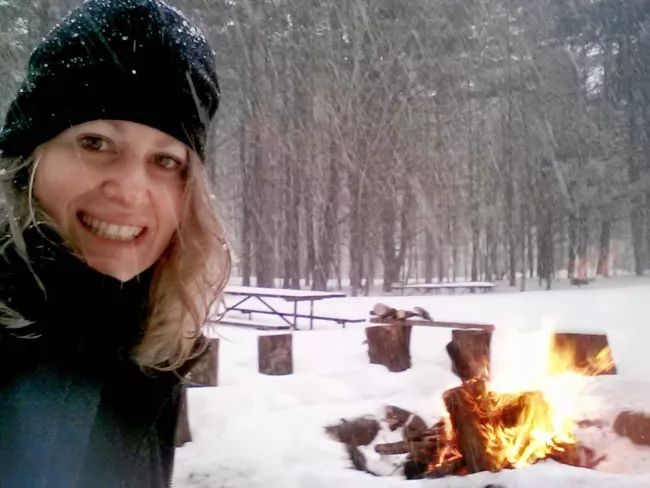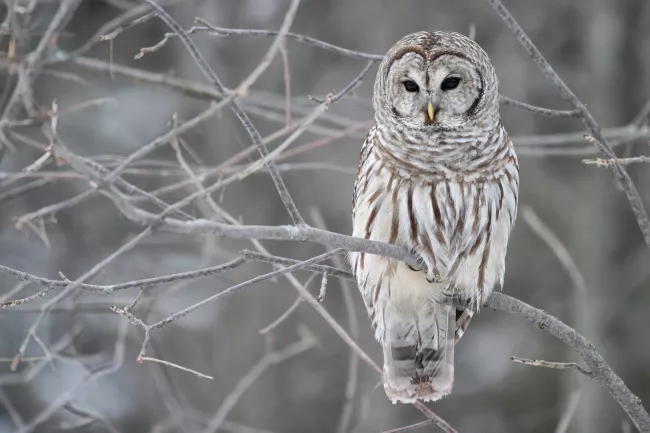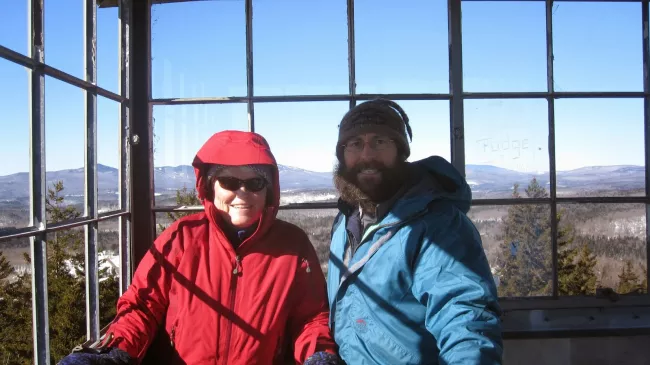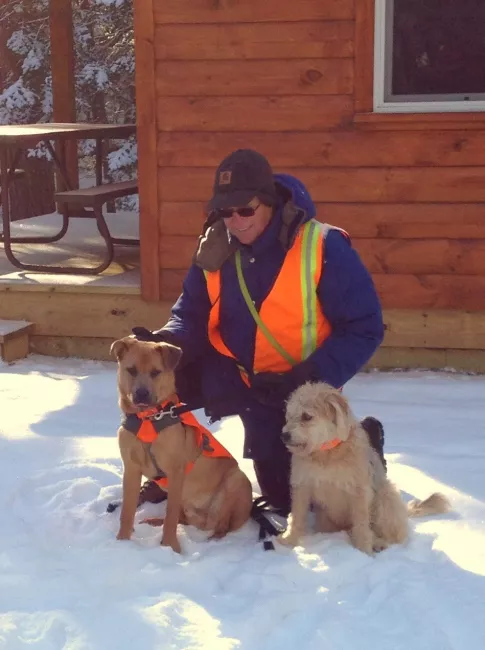Blog
April 1, 2014
March 25, 2014
March 18, 2014
March 7, 2014
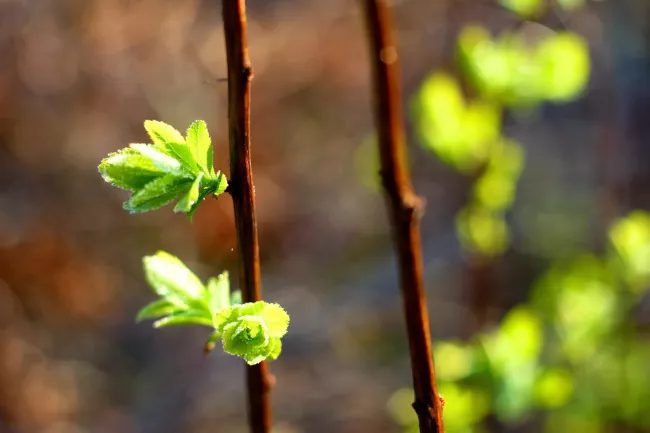
Daylight Saving Time: Return of the Light
When we “spring forward” early in the morning this Sunday, we set our clocks ahead one hour, and as a result, gain an hour of daylight in the evening. This event is practiced across the United States, with the exception of most of Arizona, Hawaii, the Virgin Islands, Guam, American Samoa, the Marianas Islands, and Puerto Rico. Daylight saving time is practiced in not only North America, but also much of Europe, and parts of Brazil.
February 21, 2014
February 14, 2014
February 7, 2014
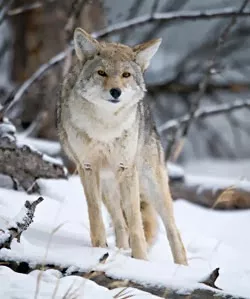
Animals in Winter: Eastern Coyote
The Eastern coyote is an important and relatively new member of Vermont’s ecosystem. They are highly adaptable mammals with a divisive history in the state. Coyotes began to appear in Vermont in the 1940s. Development in the western United States led to the loss of their habitat and they began to move eastward through southern Quebec and Ontario. It is believed that along the way they bred with the small eastern wolf.
January 31, 2014
January 28, 2014
January 24, 2014
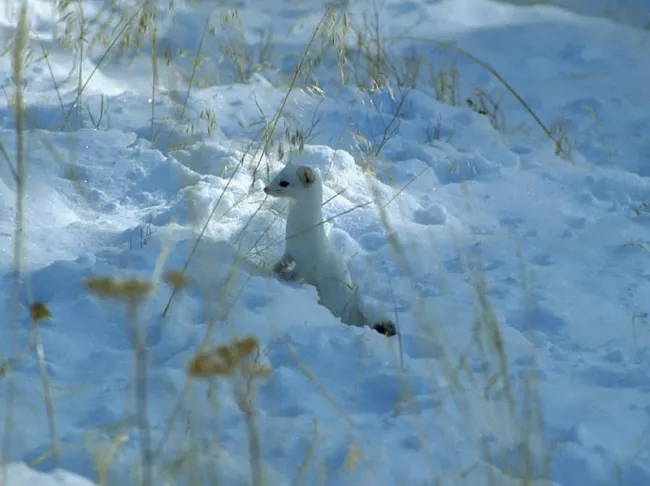
Animals in Winter: Short-tailed Weasel/Ermine
The adaptive short-tailed weasel/ermine is a remarkable winter animal. In periods of warmer weather, the weasel’s fur ranges from brownish-red to black, with white fur on their belly. As winter approaches, and daylight decreases, the weasel’s fur turns to white and serves as a type of camouflage in the snow. During this period, the weasel is known as the ermine, which means “white winter color” in French.




